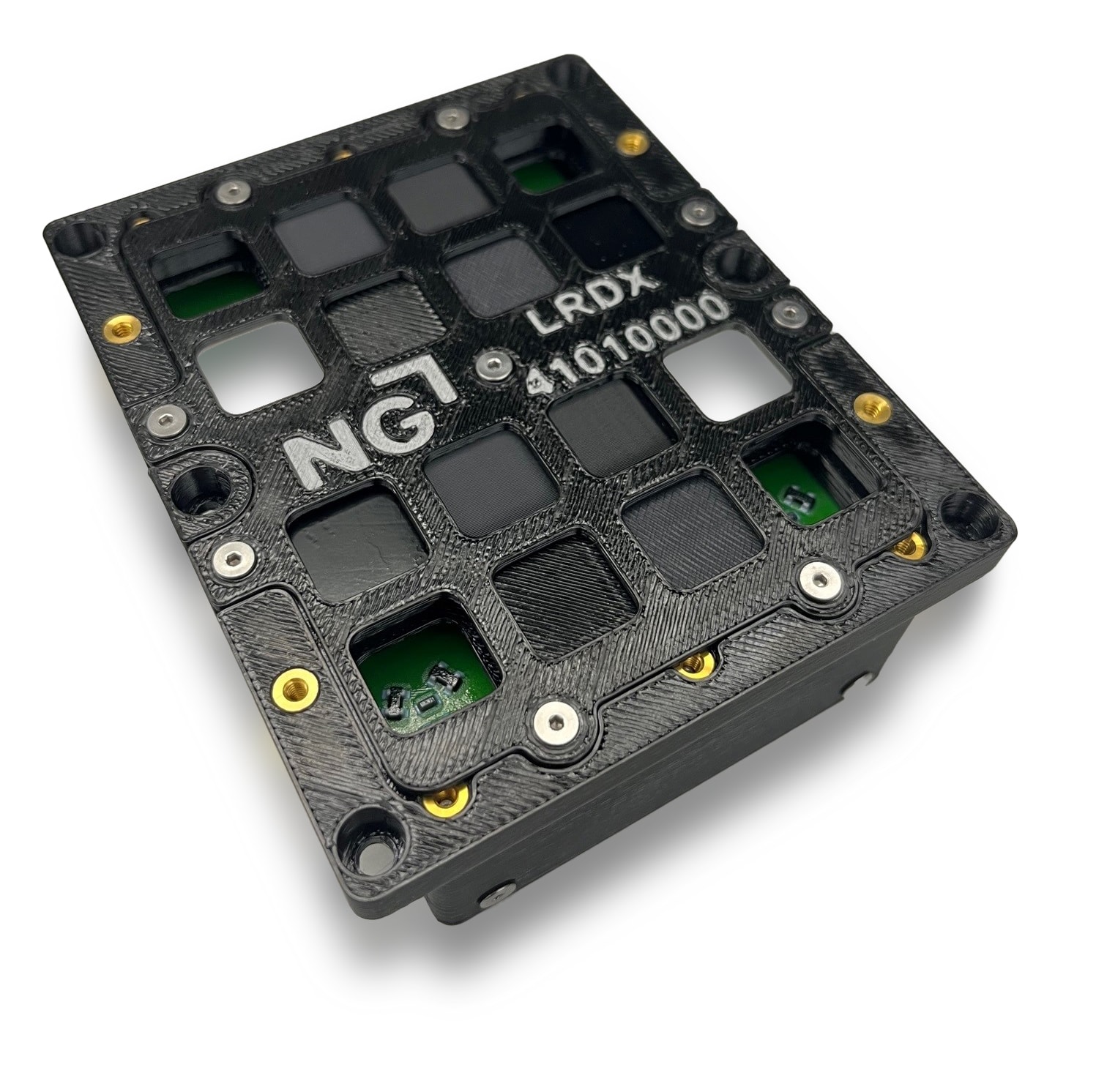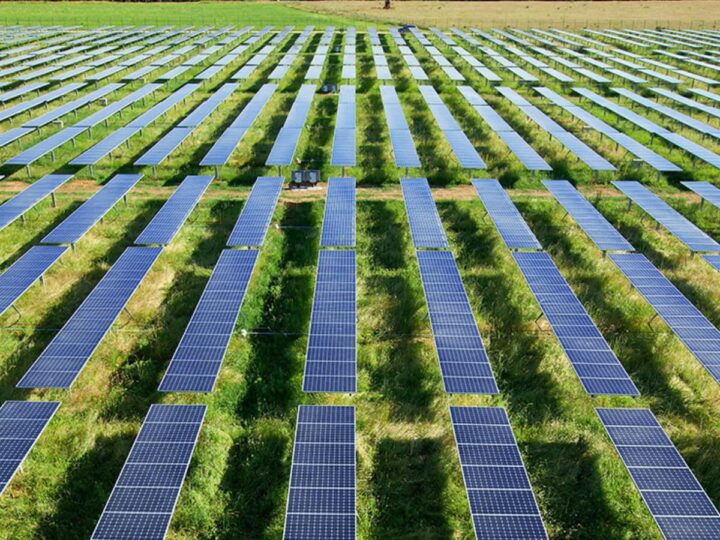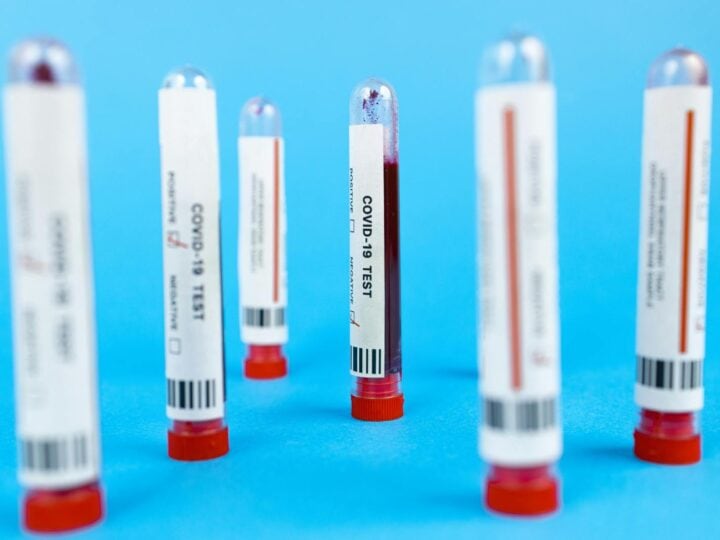Industrial 3D printing company Stratasys has announced that it will send sample printing materials to the moon in order to test their performance on the surface of the planet.
The samples will be sent as part of the upcoming Aegis Aerospace Space Science & Technology Evaluation Facility (SSTEF) lunar mission, which seeks to provide R&D services on the lunar surface. Developed under NASA’s Tipping Point program, SSTEF serves as a commercial space testing service. Stratasys’ experiments are sponsored by Northrop Grumman Corporation.
The sample materials will be delivered to the Moon by an unmanned lander in a carrier structure, which was 3D-printed by Stratasys. Two different experiments are then scheduled to be conducted.
The first experiment is supposed to assess the performance of a sample made with Stratasys’ Antero 800NA FDM 3D printing filament — a high-performance PEKK-based thermoplastic. The sample will be filled with tungsten, a rare natural metal, in order to provide shielding against harmful radiation, such as gamma rays.
The second experiment is designed to examine how 3D-printed materials perform in space, and whether they can withstand the lunar environment. It will be tested on a sample made of Antero 840CN03 filament, which has exceptional chemical and wear resistance, and was used to build NASA’s Orion spacecraft.
This experiment will subject the samples of the 3D-printed materials to moon dust, low pressure and rapid temperature swings that result from a lack of atmosphere on the lunar surface.
Stratasys Chief Industrial Business Officer Rich Garrity said the experiments “will help us understand how to fully leverage 3D printing, to keep people and equipment safe as we travel to the Moon and beyond.”
The company’s global Director of Aerospace, Foster Ferguson, elaborated on the value that the experiments offer.
“The results of these tests will provide critical insight into the long term vision to potentially use 3D printed materials to build the required infrastructure on the Moon itself,” he said. “Perhaps one day this may be achieved with the help of locally available resources, like Moon dust.”
Fighting for Israel's truth
We cover what makes life in Israel so special — it's people. A non-profit organization, ISRAEL21c's team of journalists are committed to telling stories that humanize Israelis and show their positive impact on our world. You can bring these stories to life by making a donation of $6/month.









